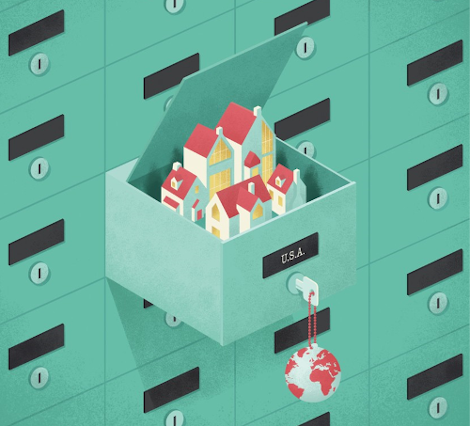This Home Builder M&A Transaction May Be Small, But It Says It All--The Future Is Now
Learn here about the forces, the drivers, and the sweep of implications in this private-to-private deal, merging GreenEco Builders into Rausch Coleman.
- Fayetteville, AR-based Rausch Coleman--with home building operations in five states in more than 80 actively selling new-home communities--acquired Katy, TX-based 12-year-old family-owned builder GreenEco Builders.
- The deal deepens Rausch Coleman's local operating footprint of just under 20 communities, scaling up to nearly 35 with the GreenEco asset addition.
- The Rausch Coleman purchase reflects intensifying local market jockeying for developed building lot inventory as absorption rates, forward demand momentum, and interest rate tailwinds goose sales--particularly at lower-tier attainable entry-level price points.
- As a combination, Rausch Coleman and GreenEco, will likely move into the tier of 2,000-plus homes per year enjoyed by top 25 Builder 100 firms, becoming a formidable multimarket regional player in the mid-Southwest heartland.
- Also, word is, seller motivation--a gracious earn-out and exit plan for principal George Kopecky--played a role in the deal, according to executives involved in the transaction.

In a business whose most finite raw resource is land and where timing is everything, there's no time like now.
Favoring tailwinds--demographic patterns, scarcity-of-inventory, once-in-a-lifetime-low mortgage interest rates, reduced-friction buying and selling, and, importantly, fear-induced flight to safe-haven new-construction, single-family, work-from-home living--have fused into a seemingly sustaining gust of momentum.
This makes shovel-ready home sites all the more precious right now. Of the many ways--lot purchases, deposit-based take-down schedules, land bank ventures, master-planned community deals, etc.--home builders put a pipeline of home sites into their near-, medium-term, and longer term horizon, an outright home building company acquisition can, at times, better align the timing stars than most land deals.
For one, an M&A deal can match coincidental motivators on both sellers and buyers side. In the case of a Rausch Coleman-GreenEco Builders combination, buyer and seller motivations converged around more than transaction price considerations.
Business cultural fit, nimbleness, succession-planning for the GreenEco family and team members, etc. factor into a harmonized deal, layered on top of geographical and operational alignment, and sheer asset price-tag bargaining chips.
Hazeloop & Walsh Associates served as broker representatives for the sellers in the transaction, and Rausch Coleman executive VP/cfo David Frye work on the buyers' side of the deal.
What the deal reflects is that although big public-to-public mergers grab headlines, and while methodical strategic public-private deals, expanding Japan-based and Canada-based U.S. portfolios of home building firms, and stealth behemoth Clayton may be expected to continue pouncing where quick-turn lot opportunities surface, private to private deals will also feature in a COVID-19-juiced M&A environment.
What the still-unmanageable, seemingly untame-able, and very-likely ongoing pandemic crisis portends is a strong thrust from future possibility into present imperative.
This means that those who may have been taking time to consider when the right moment--over the next few years--might be to take chips of risk off the table, now face a strong visceral feeling that that moment has come.
With sales rates, inquiry conversions, mortgage qualifying and interest rates, ongoing constraints on resale inventory, and an indefinite free-reign of spates and surges in COVID-19 transmission and sickness, every kind of home building organization capital structure faces an unprecedented stress test.
It's either accelerate or languish and pay the price for it in higher land take-down costs.
The back-half of 2020 now looks ripe for deals to pencil as they may never have before, because both sellers and buyers feel the nagging, gnawing sense that the timing is right, and that, ultimately, home buyer mojo will offset pricing risk on the internal rate of return on land.

